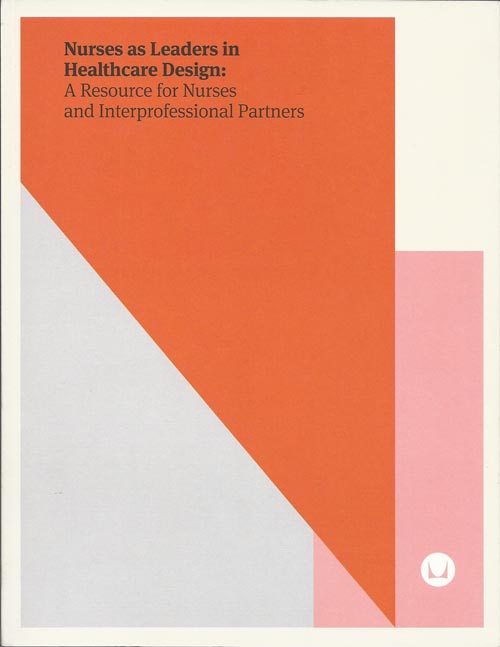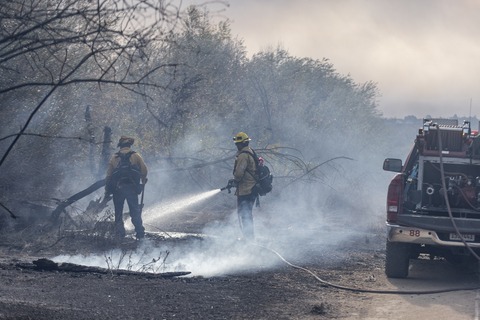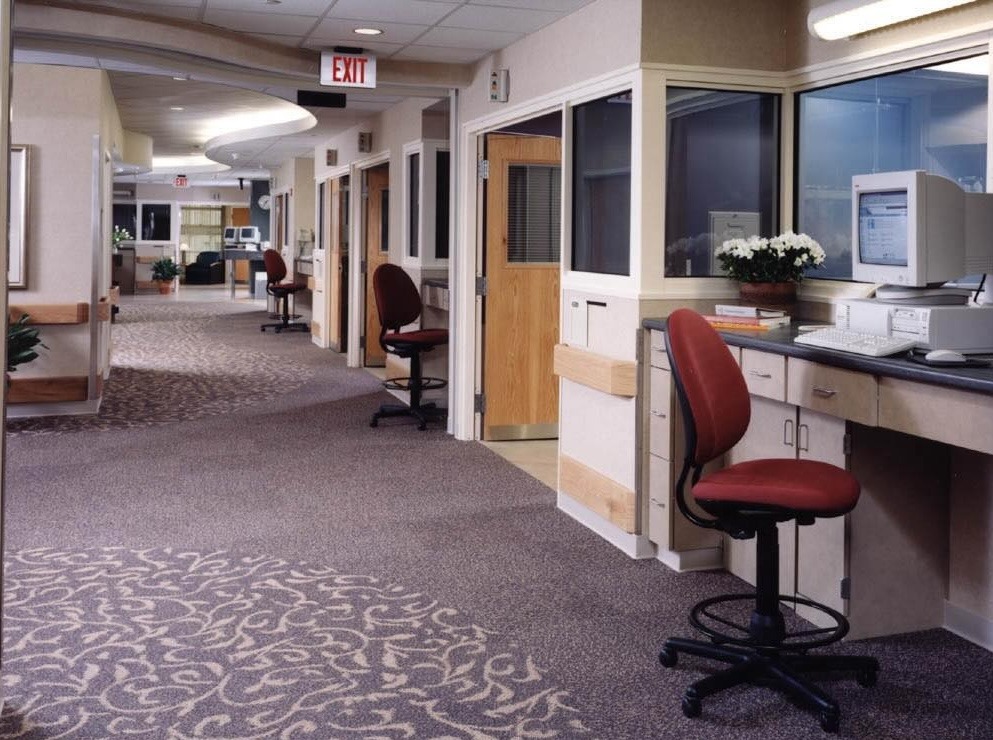
Experience. Empathy. Operational focus. A voice for patients and colleagues.
And so much more, according to the members of the Nursing Institute for Healthcare Design (NIHD), which in partnership with Herman Miller Healthcare has just published a terrific book titled, Nurses as Leaders in Healthcare Design: A Resource for Nurses and Interprofessional Partners.
Co-edited by Jaynelle F. Stichler and Kathy Okland, the 234-page book is the brilliant idea of Phyllis Goetz at Herman Miller Healthcare (who also was the force behind Kirk Hamilton's book that Herman Miller published a few years ago). What's even more amazing is that Stichler and Okland and 18 contributing authors pulled it together in less than a year.
That's right -- 18 contributing authors. Plus 14 more contributors. If my math is right and I didn't miss anybody, a total of 34 people prepared the content in this book. And most of them are nurses. Wow.
While I admit that I haven't yet read the book cover-to-cover, I have gone through each chapter in detail. This is the first and only resource that exists on this topic.
More Tables Than You Can Shake a Stick At
It's full of comprehensive, practical tools and tables, like the one on pages 38-39 in Chapter 1, "Perspectives on the Foundation of Nursing in Healthcare Design," which outlines the optimal opportunities for nursing input into design.
Or the table on page 126 in Chapter 6, "Structure to Achieve Outcomes: Leading the Design Process," which shows all the architectural symbols you might find on a floorplan.
I also loved the implementation timeline on pages 172-173 in Chapter 8, "Transition, Move, and Activation Planning."
Other nuggets are the "Implications for Practice" sections at the end of each chapter, which summarize and list the key points discussed under major topic areas. Just in case you don't have time to read the whole book.
There are great suggestions for generating ideas in Chapter 3, "Nurse Led Innovation in Healthcare Design," including these 6 ways to kill a brainstorming session:
- Boss gets to speak first
- Everybody gets a turn
- Experts only, please
- Do it offsite
- No silly stuff
- Write down everything
I was disappointed not to see more attribution for 8-step evidence-based design (EBD) process to The Center for Health Design (CHD) in Chapter 5, "Using Evidence to Guide Decisions." But I liked the way the authors connected it to evidence-based practice and research processes.
Who Should Read It?
While intended primarily to be a resource for nurses at all levels who are involved in design of healthcare environments, anyone on the design team will find it helpful. And that's an understatement.
From the first chapter on the history and importance of the nurse's perspective in healthcare design to the ninth chapter on post-occupancy evaluations, it provides a detailed roadmap for success for collaborating with nurses. The 10th chapter wraps it up by giving a variety of perspectives on how the convergence of nursing and design is evolving.
Stichler and Okland hope that it will be a "curriculum" guide for healthcare managers to educate nurses about their role in the design process. Imagine it being a book club selection with each chapter being a topic of weekly discussion over a period of 10 weeks?
Or a book used by schools of nursing. The possibilities are endless.
Kudos to everyone who had a hand in producing this book. It's the new "bible" for nurses in healthcare design.
Request a Copy
While supplies last, Herman Miller Healthcare and NIHD are providing hard copies of Nurses as Leaders in Healthcare Design free. Request a copy here. How cool is that?
P.S. Please do me a favor -- if you liked this post and like this blog, please share it with others by sending them the link and/or post it on your Twitter, LinkedIn, or Facebook, etc. Also, don't forget to subscribe, so you'll get emails when new content is posted. Thanks!






